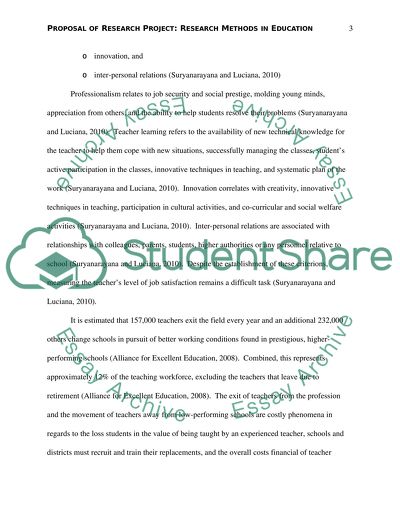Cite this document
(“Scholastic Methods in Education Essay Example | Topics and Well Written Essays - 3750 words”, n.d.)
Retrieved de https://studentshare.org/education/1391592-to-what-extent-does-in-service-professional
Retrieved de https://studentshare.org/education/1391592-to-what-extent-does-in-service-professional
(Scholastic Methods in Education Essay Example | Topics and Well Written Essays - 3750 Words)
https://studentshare.org/education/1391592-to-what-extent-does-in-service-professional.
https://studentshare.org/education/1391592-to-what-extent-does-in-service-professional.
“Scholastic Methods in Education Essay Example | Topics and Well Written Essays - 3750 Words”, n.d. https://studentshare.org/education/1391592-to-what-extent-does-in-service-professional.


